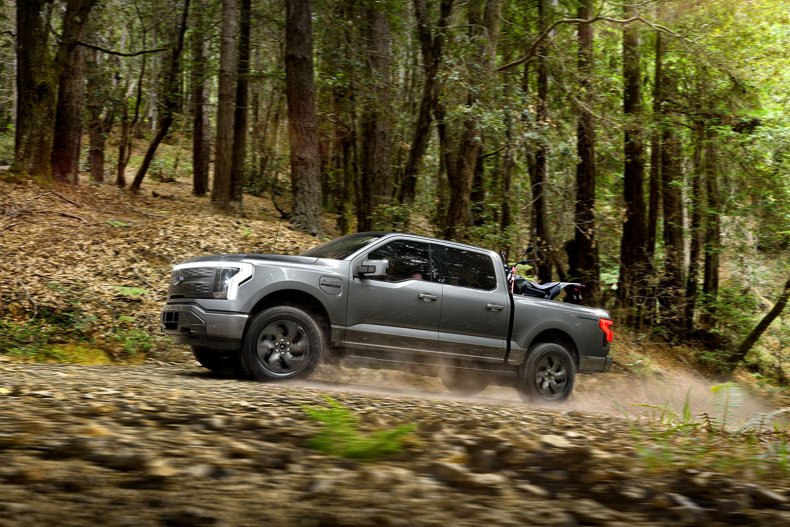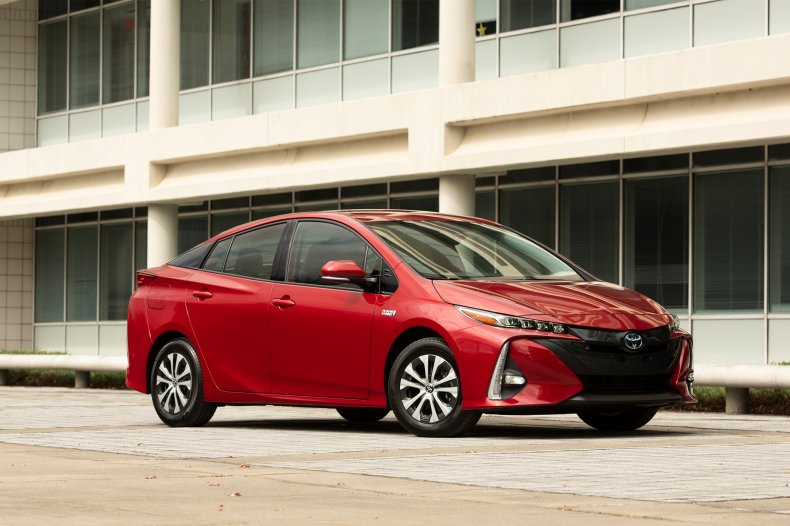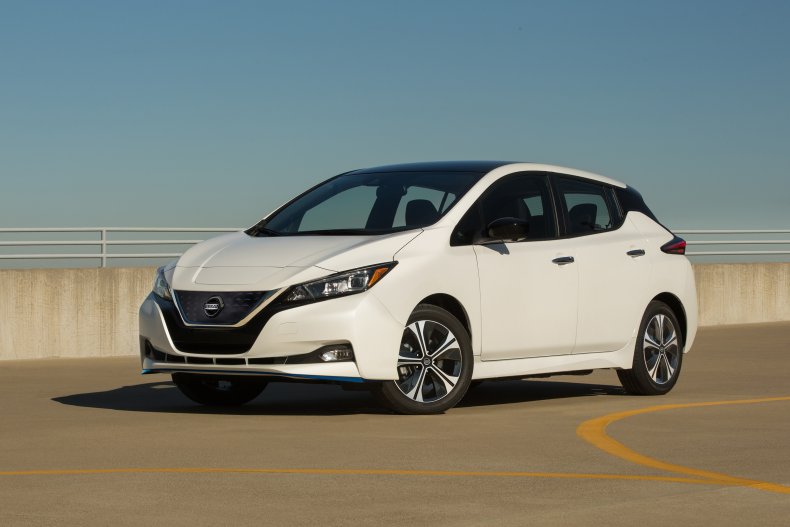Between hybrids, plug-ins and battery electric vehicles (BEVs) every mass market automaker selling vehicles in the United States today has an electrified model in its lineup, ranging from the California startups to the Big Three from Detroit.
In a bid to incentivize the switch to electrified powertrains, the federal government has authorized a tax credit for some plug-in hybrids (PHEVs), hydrogen fuel-cell electric vehicles (FCEVs) and BEVs in some form or another since 2005, depending on the size of their battery packs.
The current form of the federal tax credit is up to $7,500 for the purchase of a new hybrid or electric vehicle from a manufacturer that has yet to sell 200,000 electrified vehicles.
What does that mean, how do you get the credit who has credits left to give? Here’s a rundown.

Ford Motor Company
What exactly is the federal tax credit?
Tracing its origins to the George W. Bush administration, the U.S. Energy Policy Act of 2005 created a federal tax credit of up to $3,400 for the purchase of a new hybrid vehicle.
The credit was later reworked as part of the Energy Improvement and Extension Act of 2008, which established it at up to $7,500 but only for vehicles that require a plug to charge a battery.
Also, the credit only applies to vehicles from manufacturers that have sold less than the 200,000 threshold. Once that has been reached, a gradual phaseout for that manufacturer starts that slowly reduces the amount of credit available.
Is it $7,500 or nothing?
When an automaker has reached its allocation of tax credits, buyer 200,001 and beyond aren’t completely out of luck. The incentives work by allowing a gradual downgrade in the amount of incentive offered to buyers.
That means that the amount of credit available is reduced by 50 percent for the next two quarters following the automaker’s 200,000 top out point, to a maximum of $3,750. In the two quarters after that, the credit is a maximum of $1,875, or 25 percent of the original credit. After those four quarters, that manufacturer’s vehicles fall out of eligibility.
Who has federal tax credits left?
Most automakers have a substantial amount of federal tax credits remaining. A better question might be: “Who’s out and who’s about to run out?”

Nissan North America
All federal tax credit incentives have been depleted for Tesla and General Motors vehicles. Tesla hit that mark in 2018, while GM’s phaseout started at the end of 2019.
Toyota, Ford and Nissan may hit the threshold by next year.
Toyota, the long-time seller of hybrid models, currently offers the popular 2022 Toyota Prius Prime and 2022 Toyota RAV4 Prime along with other plug-in hybrids. It’s also beginning to sell the 2022 Toyota BZ4X, its first all-electric model.
As of the end of 2021, the company has sold about 183,000 vehicles eligible for the credit. It’s expected to reach the 200,000 mark before the summer’s out. In a statement, Toyota recently said:
“Based on sales projections, Toyota’s phase out for the current federal tax credit program – which occurs once a manufacturer’s qualifying electrified vehicle sales reach 200,000 – is anticipated to begin on October 1, 2022. Therefore, if sales follow their projected path, any Toyota vehicle eligible for government incentives sold on or before September 30, 2022 could receive the full (100 percent) federal tax credit of up to $7,500.

Toyota Motor Sales U.S.A. Inc.
Following this same projected timeline, beginning October 1, 2022, purchases would qualify to receive up to 50 percent of the federal tax credit ($3,750). An additional decrease of the federal tax credit would then take place on April 1, 2023 with eligible vehicles receiving up to 25 percent of the federal tax credit before being completely phased out in October 2023.”
Ford had about 160,000 qualifying vehicles under its belt as last year ended. With the 2022 Ford Mustang Mach-E and 2022 Ford E-Transit already in its lineup, the addition of the 2022 Ford F-150 Lightning is expected to push them over the edge later this year.
Nissan is also creeping up to 200,000, having sold products like the Nissan Leaf EV since 2010. With the introduction of the 2022 Nissan Ariya all-electric SUV coming later this year, they may reach it sometime in 2023.
BMW is a little further off, but with the 2022 BMW i4 and 2022 BMW iX on sale and the 2023 BMW i7 on the way, it could be the next one to hit 200,000.

Ford Motor Company
Every other automaker sits below the halfway mark, though that should change in the coming years as more electrified models roll out.
The credit is across company lineups and not brand restricted. For example, any PHEV or future EV from Lincoln counts towards Ford’s sales.
How can I claim the credit?
The only way to qualify for the EV credit is if you have a tax liability. That means that it only applies if you owe any federal taxes from your income when it’s time to file.
If your liability is $7,500, the full credit applies. If the liability is $2,000, for example, that’s what the credit covers.
At tax time, you want to look for Form 8936, or the Qualified Plug-in Electric Drive Motor Vehicle Credit form.
The credit is nonrefundable, so no leftover money will be added to your tax refund.
The tax credit does not reduce the price of the EV you purchase nor does it put money toward any auto loan that you may take out to purchase the vehicle.

Nissan North America
Are there any other EV incentives?
That depends on where you live. A number of states have enacted additional incentives in an effort to encourage EV uptake.
For 2021, Colorado offered a tax rebate of $2,500 for a vehicle purchase and $1,250 for a lease.
In California, the Clean Vehicle Rebate Project offers $2,500 for the purchase or lease of a zero-emission vehicle or a plug-in hybrid. Those rebates are subject to income caps of $150,000 for single filers, $204,000 for heads-of-household and $300,000 for joint filers.
Connecticut, Delaware, Maryland, Massachusetts, Oregon and New York offer similar incentives.

Ford Motor Company
What happens when every automaker runs out of credits?
That’s unclear for now. The last serious proposal came in 2021, when Democratic members of Congress proposed expanding the tax credit to $12,500 and scrapping the phaseout mechanism.
That would restore tax credit eligibility to GM and Tesla products.
The proposal is part of President Biden’s goal to have 50 percent of new car sales come from EVs by 2030.
The expanded tax credit was eventually phased into Biden’s Build Back Better legislation, which stalled in negotiations at the end of last year.



